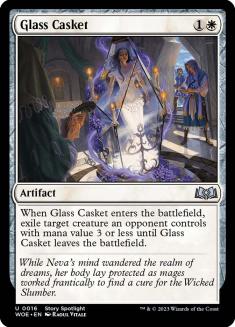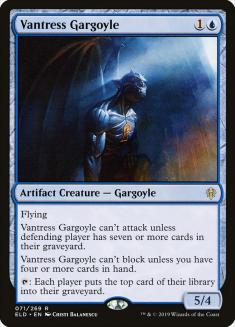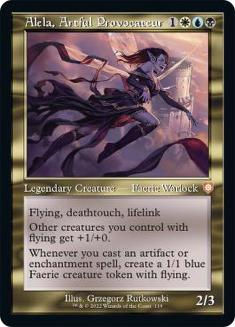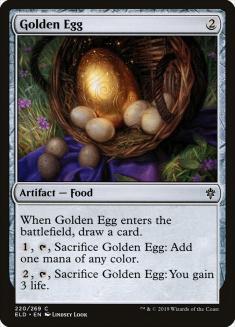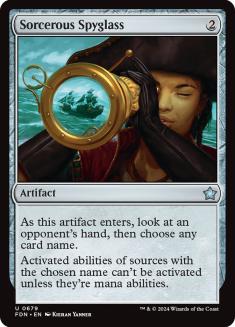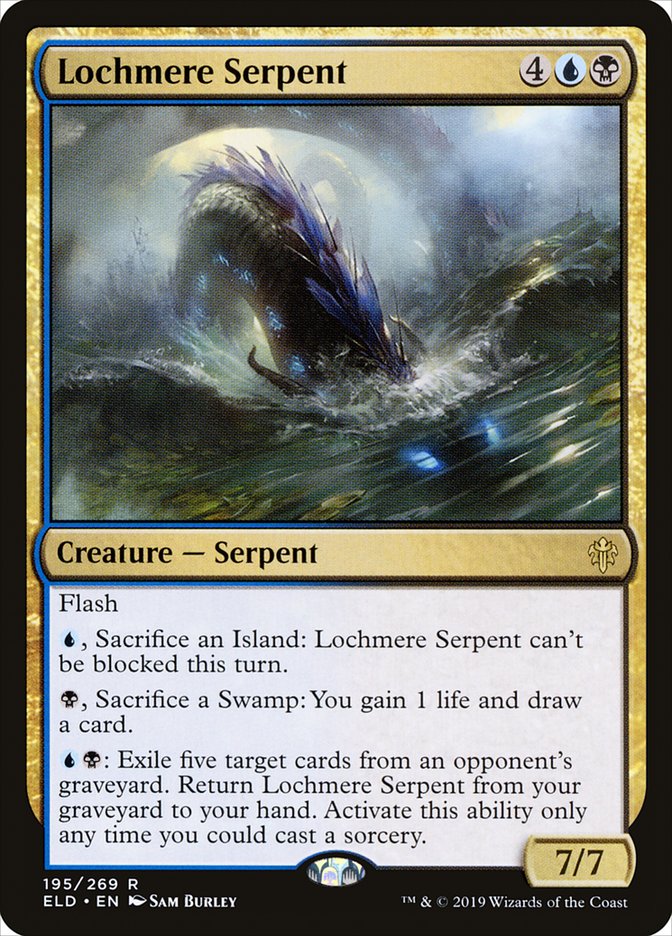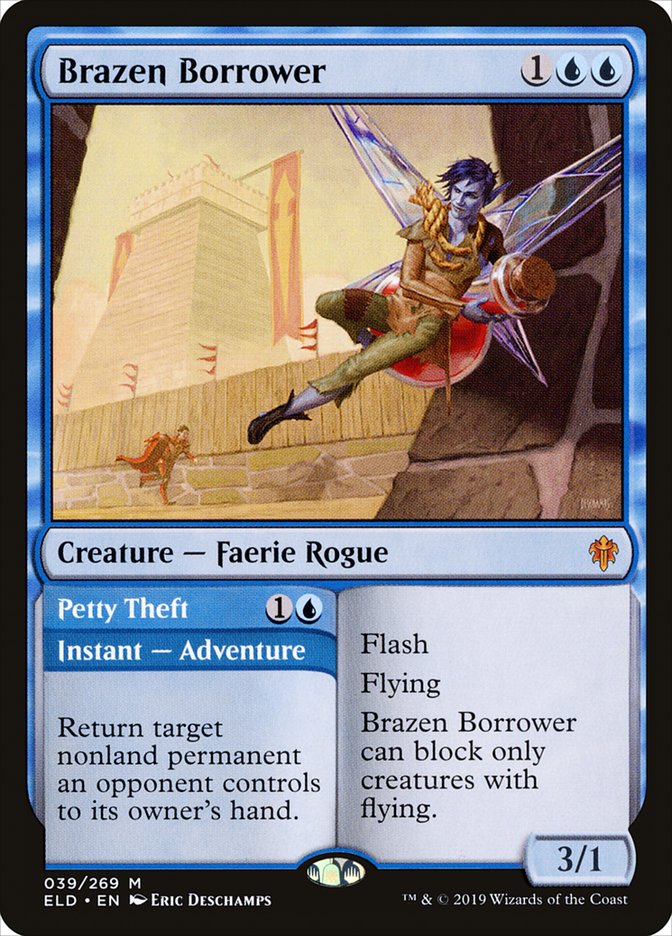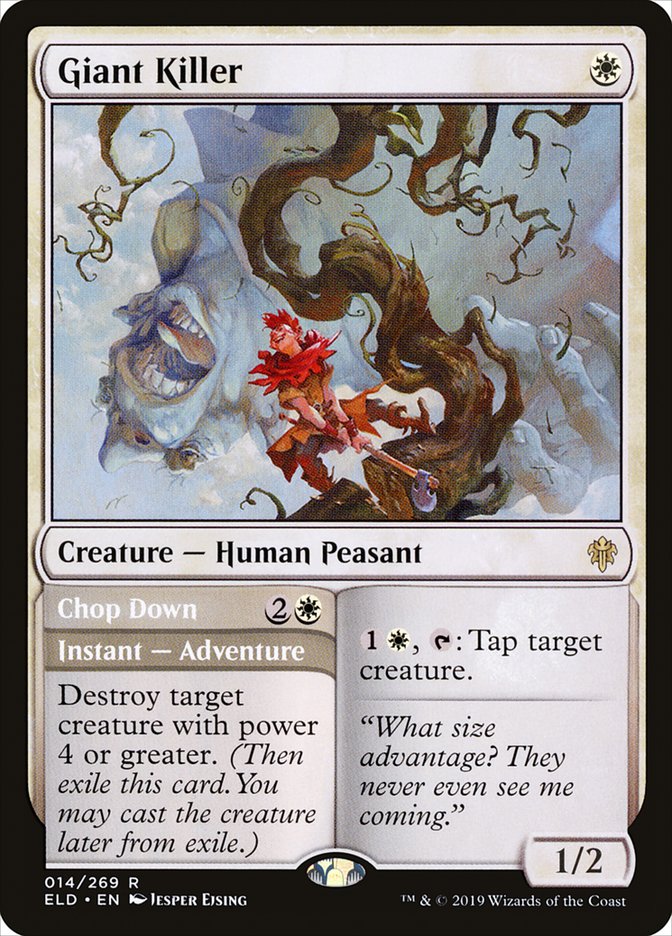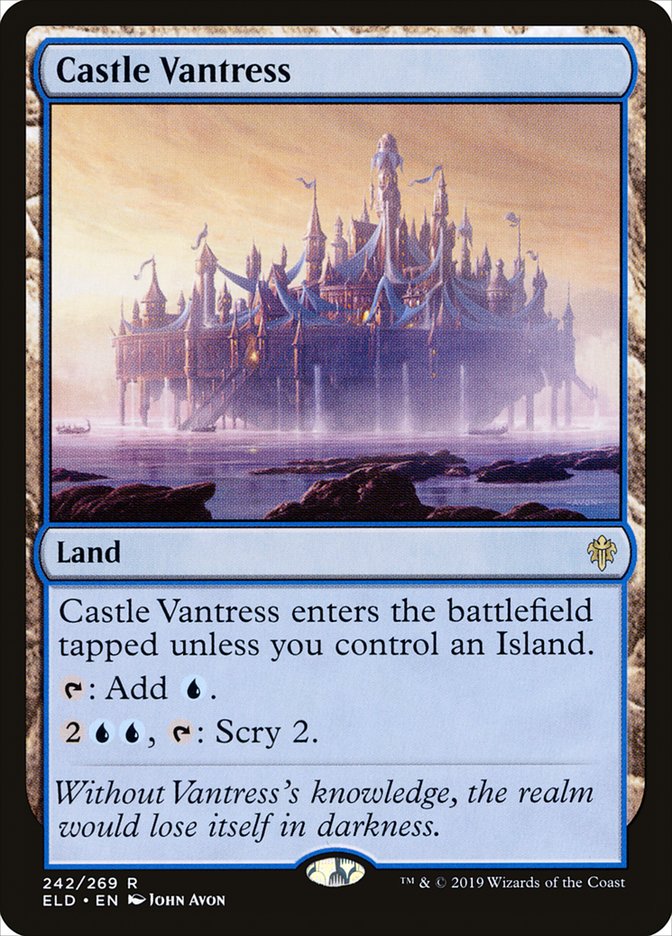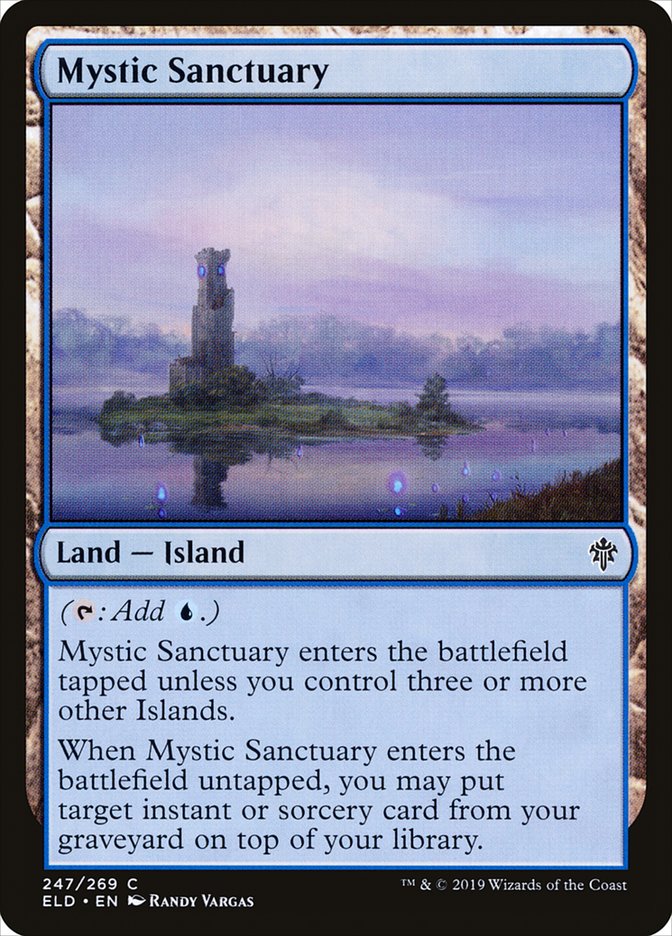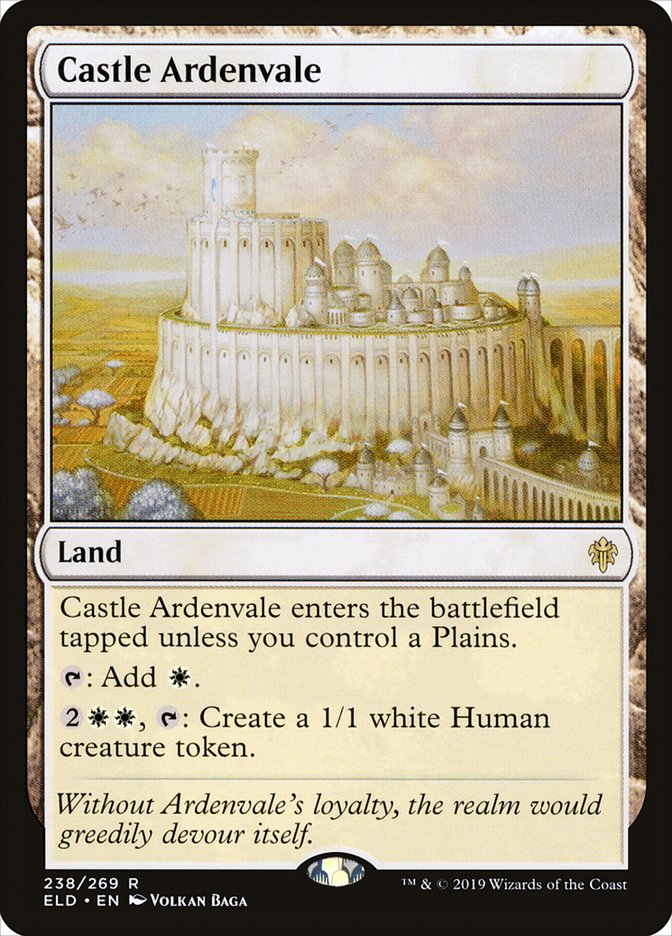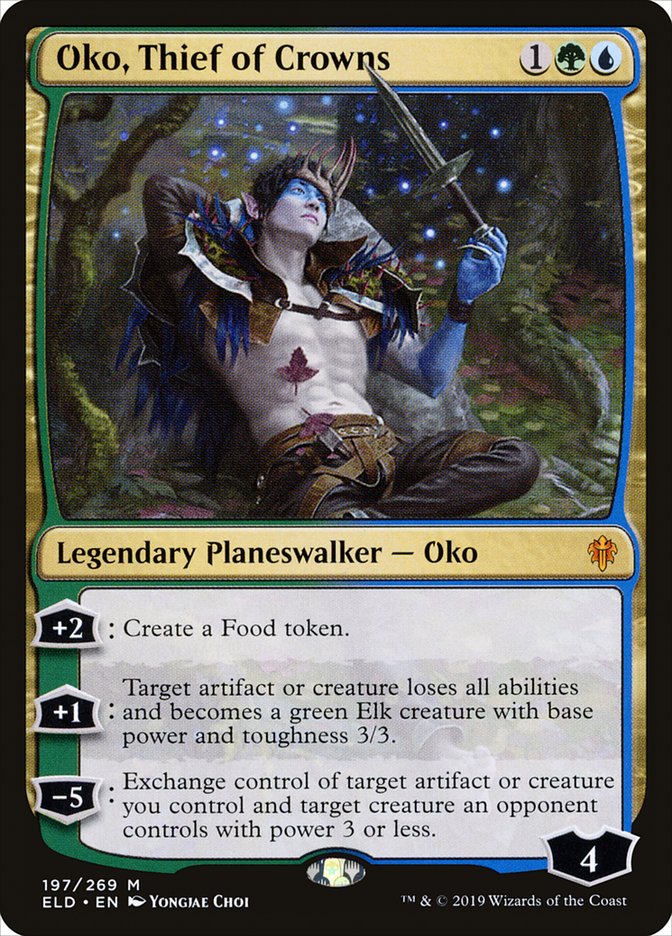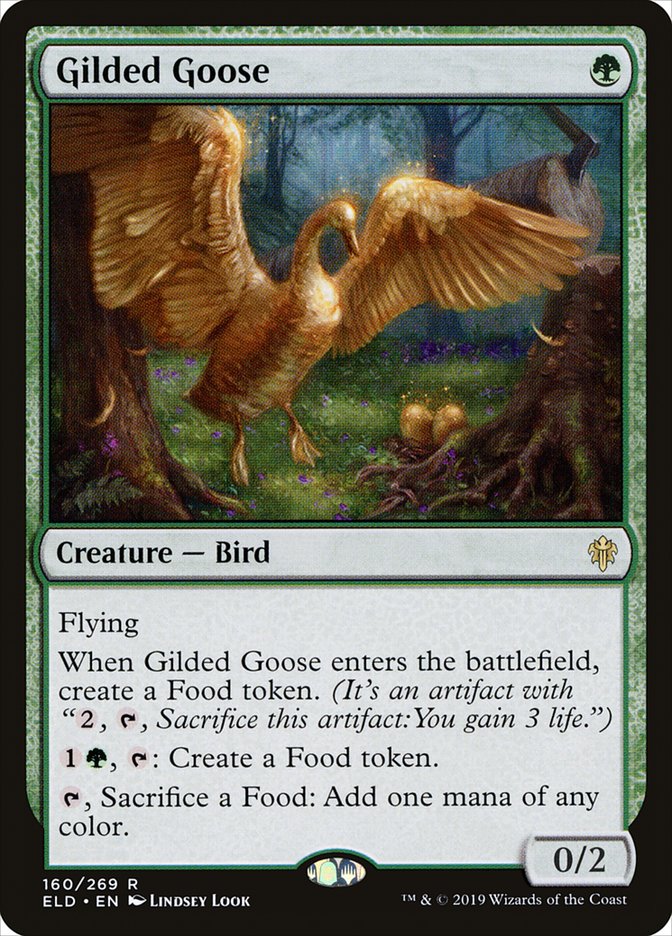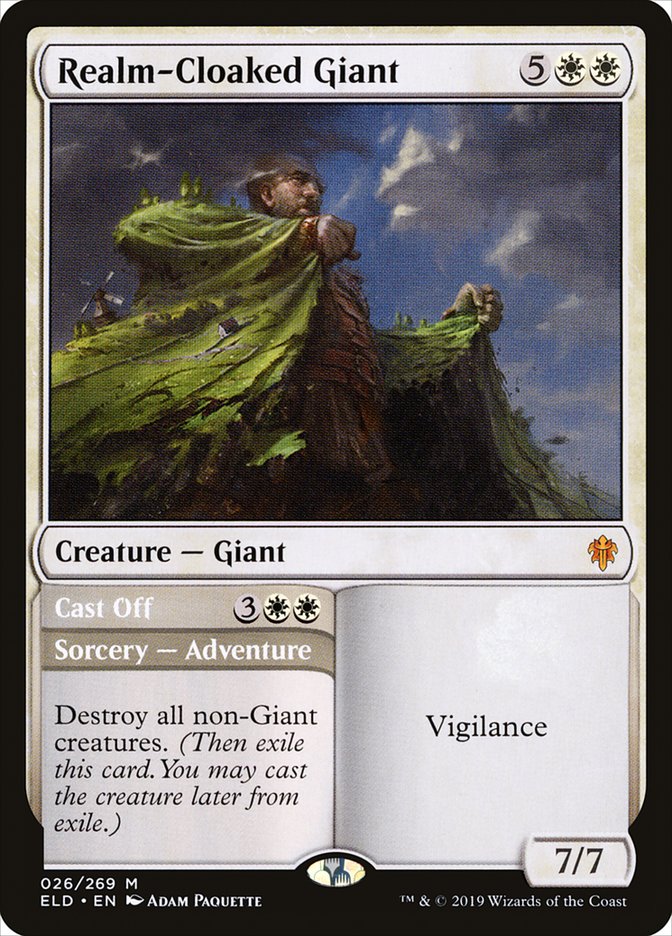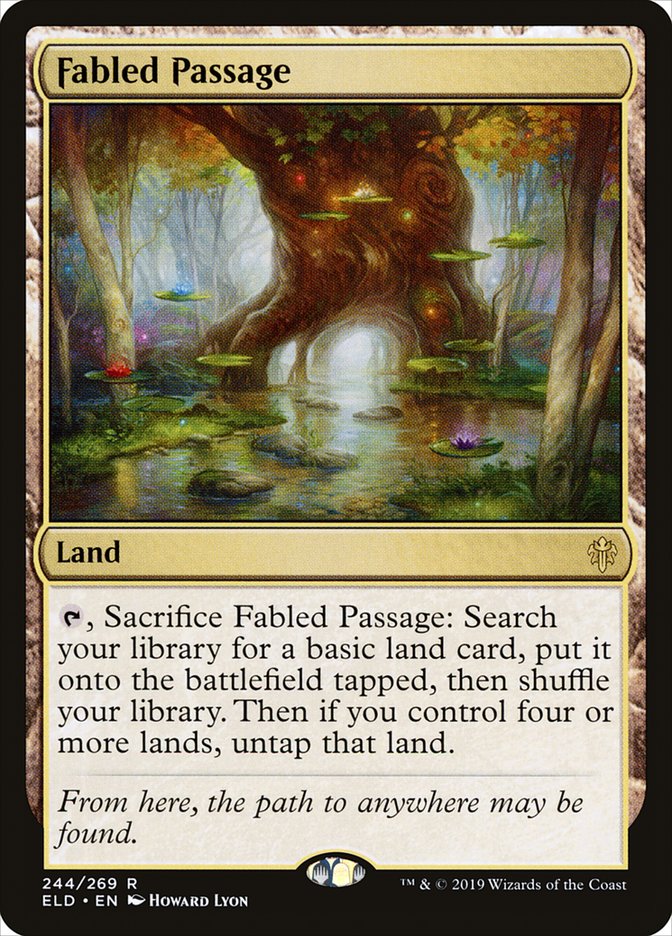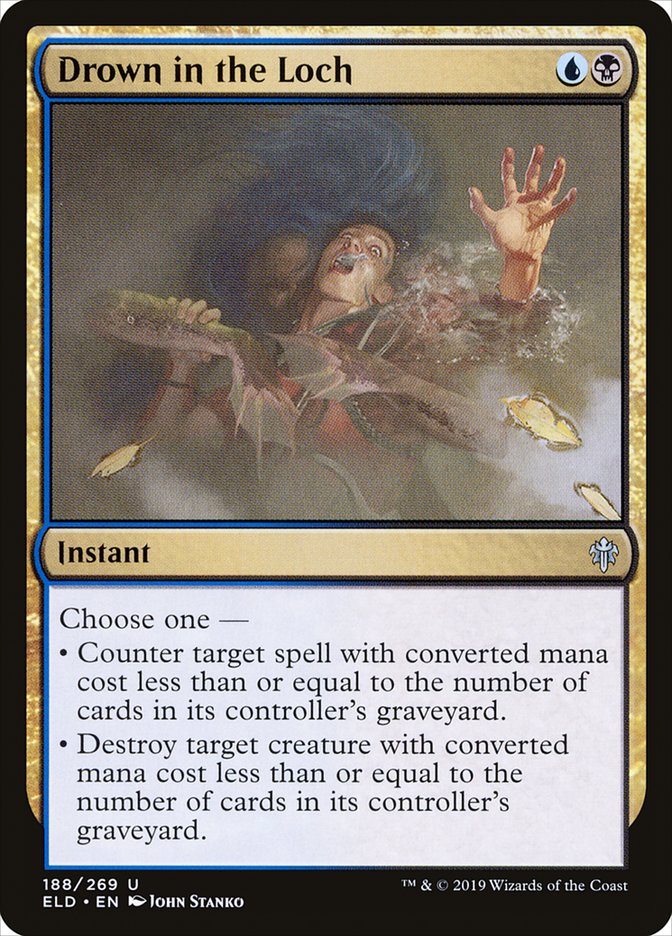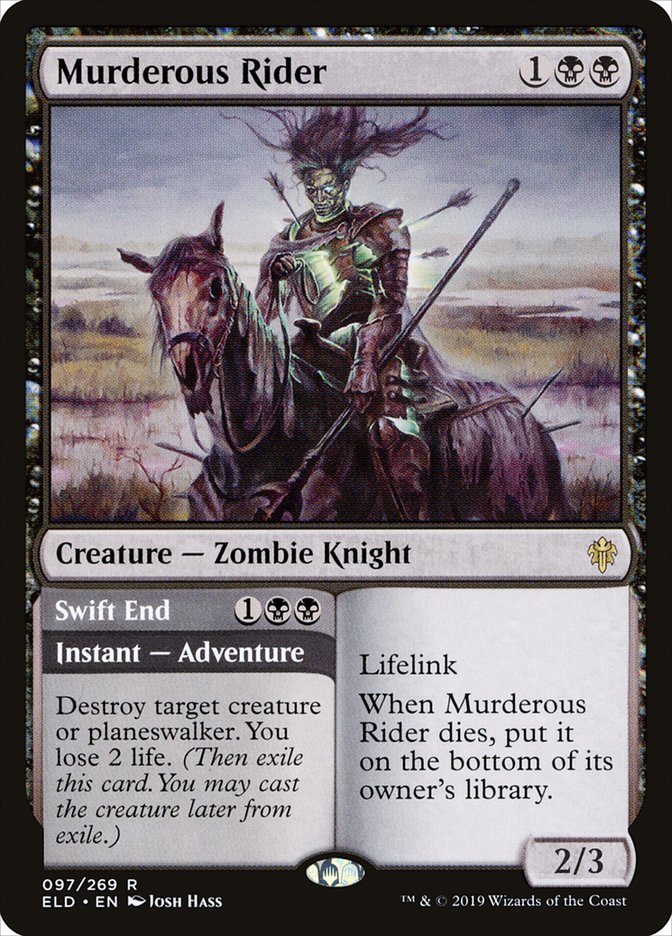Sifting through a new set that has been fully revealed is one of the best parts of the job.
I’ve been creating Magic content for many years and it never gets old. When sets are released gradually into a Standard format, I immediately begin searching for upgrades and missing components to push control up the competitive ladder. Like a fine wine, control ages well as the format progresses. This truth is evident except when rotation comes crashing in.
Many folks shy away from control decks when a new Standard is upon them. It’s a scary world out there, with players trying out the best aggressive strategies in an unknown format. This anti-control taboo doesn’t have much merit. New Standards often are dominated by the most powerful pieces left behind; in this case, those may be Teferi, Time Raveler and Narset, Parter of Veils.
Typically I would be happy about a few on-color planeswalkers, but they have proven to be a detriment to control, not a benefit. The main issue is they fit seamlessly into midrange decks, making it difficult to play counterspells. Luckily for us, we have a few tools in Throne of Eldraine that will assist us in combating the traitorous planeswalkers of old, as well as new threats that have already hit the floor running in the MTG Arena early access streaming. Let’s discuss the Top 10 Throne of Eldraine cards for control players to develop a foundation for future deckbuilding.
10. Shimmer Dragon and Friends
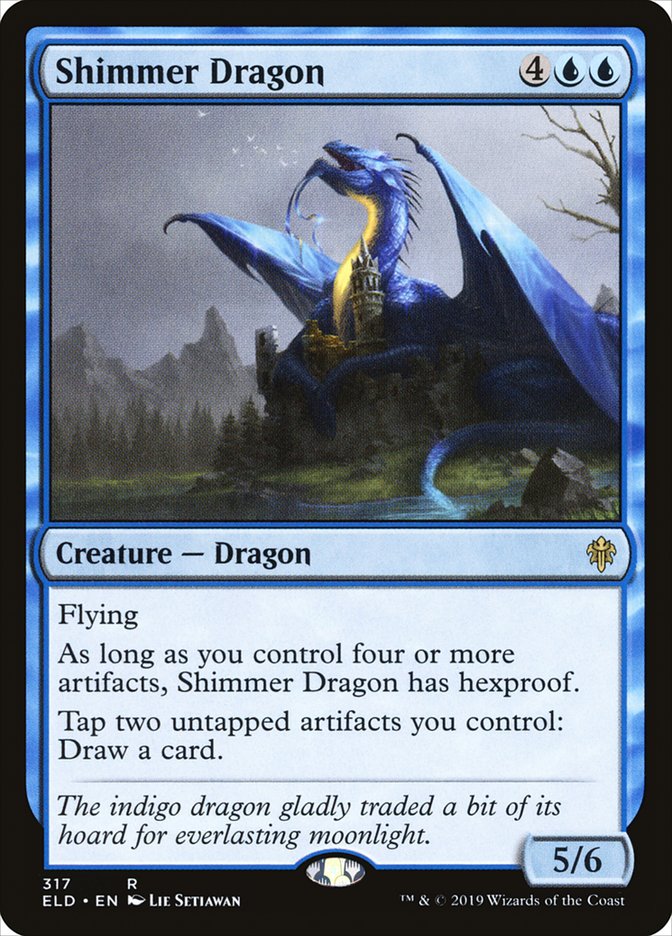
This may appear to be more than one card, but it isn’t. Shimmer Dragon has a lot riding on the effectiveness of on-the-battlefield artifacts for it to be a powerful card in the new Standard. I painfully placed it and its buddies at #10 because I do not think there is just enough quite yet. A deck like this needs quite a few cantripping artifacts that remain on the battlefield, as well as some static effect ones that can put a hurting on other powerful decks in the format.
Glass Casket is a fine removal spell and may see restricted play moving forward. It is an A+ in a Shimmer Dragon deck, which is the fate of the rest of this list. Vantress Gargoyle and Alela, Artful Provocateur have great designs. These two cards would fit seamlessly in a deck crafted around Shimmer Dragon, working together to create early pressure and good defense. Alela, Artful Provocateur even gets a trigger off Oath of Kaya, which is a nice little bonus.
There are spots where Sorcerous Spyglass will see play, but I doubt it will help Team Control. It is typically a card used against us and the planeswalkers we rely on, so I have it as part of the “Shimmer Dragon or bust” club. Even though these may not take off right out of the gate, they have a good shot down the road as more artifacts join the format.
9. Lochmere Serpent
Lochmere Serpent still has the potential to be a premier win condition for a draw-go-style control deck, but I am not sure if that can exist Week 1. The remnants of War of the Spark will incentivize a more tap-out control deck, avoiding maindeck counterspells like the plague. Teferi, Time Raveler has been more a curse than a blessing, hurting us on the other side of the battlefield and forcing certain control decks into retirement.
This creature still packs a huge punch and has all the abilities a good control player could hope for. It does require a pretty stock, two-color manabase that has plenty of basics. Lochmere Serpent also can get blasted by a removal spell, forcing a decent amount of mana investment for its return. It still is good enough for a control finisher, better than Chromium, the Mutable was, so get ready to use it down the line.
8. Brazen Borrower
Brazen Borrower may not have the control feel to it, but it may be a key component in applying early pressure to planeswalkers while having tremendous upside later in the game. Having the ability to return a permanent and then craft a win condition at instant speed is huge. It is versatile enough to not feel bad about having a copy in the maindeck of your heavy-blue control decks.
It may be a more powerful staple in midrange decks and that is something to consider. The Esper “Control” decks that have been popular at the end of this Standard have quite a few creatures in them. Calling them “control” while summoning a full set of Basilica Bell-Haunts is a bit misleading. Esper Hero has eight total creatures, making the line between midrange and control even blurrier. If you have a few other targets for your opponent’s creature removal, playing Brazen Borrower could pay off nicely.
7. Giant Killer
I am unreasonably excited for what will end up as a sideboard card for my white-based control decks moving forward. If midrange decks break out early in the new Standard with their Questing Beasts, we will slay them and have some wonderful upside after they are gone. Instant-speed removal always catches my eye, and this has a nice bonus to it.
Giant Killer can be used to answer a Feasting Troll King, which will have some momentum at the beginning. There is something familiar about a huge creature that comes out of the graveyard for a relatively low cost, but I can’t put my finger on it. All I know is it will die to this removal spell and future copies can be tapped down by the creature left behind.
6. Castle Vantress, Mystic Sanctuary, and Castle Ardenvale
Most of the Azorius-colored lands of Throne of Eldraine will see play in control decks. Idyllic Grange gets no love, but the other three do. Between them all, I am partial to Castle Vantress for a simple mana reason: I have not built a control deck that has a heavy-white manabase that I’ve been pleased with yet, so I have been unable to get Castle Ardenvale in the game. I think that scry 2 may be more powerful than creating a 1/1 white Human token, but there is a world where Castle Ardenvale is the sole win condition. In that case, it may have a strong claim to being the one-of inclusion of your three-color control deck.
Two-color control decks can use a couple of copies of each of these. Mystic Sanctuary is a very interesting card for Standard because it requires some powerful instants and/or sorceries to be impactful. In Eternal formats, fetchlands always will make it a dangerous threat. I look forward to its impact on Modern and Legacy, but I do not think it will break through in Standard.
5. Oko, Thief of Crowns and Gilded Goose
These two cards will see a ton of play in the new Standard but may find themselves in a control shell. Gilded Goose provides early mana advantage and can also provide precious life points later in the game. This effect is more sought-after in control than other archetypes, as we are constantly fighting for stability starting at the beginning of the game.
Oko, Thief of Crowns is a powerful planeswalker and I went on record saying I did not think it would dominate Standard. I still do not think it’ll take over; however, it will see a lot of play right at the beginning. There is a Bant Control deck that takes full advantage of Teferi, Time Raveler and Oko, Thief of Crowns that I’ve been working on. If it takes off, I might be sleeving up Forests for the first time in a while.
4. Realm-Cloaked Giant
There has been a constant battle between Realm-Cloaked Giant and Time Wipe for me during the deckbuilding process. Every time I use Narset, Parter of Veils in my deck, Time Wipe emerges victorious as the sweeper of choice. When I craft a list without the powerful blue planeswalker, Realm-Cloaked Giant is the clear favorite.
Any control deck with four copies of Teferi, Time Raveler should heavily consider using this repeatable sweeper and win condition. If the format is full of midrange creatures and aggressive decks that can’t kill that quickly, I will be using Realm-Cloaked Giant for the foreseeable future. Time Wipe is a weak alternative to this effect and is only sticking around because it isn’t a creature. Without Narset, Parter of Veils, get on board the Giant train.
3. Fabled Passage
Fabled Passage is the savior of three-color control decks. Without this enhanced Evolving Wilds, it would be hard to justify splashing white in my Dimir Control deck, or green in my Bant Control deck. At first, I thought this card was decent, but my opinion has evolved. Fabled Passage is a wonderful mana-fixing land that can be utilized by control players and will hurt aggro players.
The issues with shocklands have always been how they disproportionally help aggressive decks more than control decks. Life loss for us means everything, as it is our most valuable resource used to win the game. We allow ourselves to get nickeled-and-dimed early on to eventually turn the corner and provide a wonderfully slow death to our aggressive opponent. Fabled Passage will hit players with a tapped land early, which is crippling for them and an acceptable cost for us. Play three-color in the first week with confidence; just don’t go overboard with doubles!
2. Drown in the Loch
This will be my favorite one-of in Standard for the next year of competitive play. I have treated Drown in the Loch as the new Despark, a cheap spell that is meant to be used in the mid- and late-game. In a world where counterspells aren’t usable, Drown in the Loch is a wonderful compromise. It easily kills a creature later in the game, with the counterspell upside.
Graveyards fill quickly with the help of removal and Thought Erasure. Control decks famously used Command the Dreadhorde with very few of their own targets because they were able to take their opponents’. Very rarely will this card rot in your hand with an opponent having an empty graveyard. In the Modern era of Magic, players clash resources and the side effect is a full graveyard. This was the perfect design for a control card that will see play in Standard and Modern.
1. Murderous Rider
The best card in the set for control is Murderous Rider and it is not close. This is the return of Hero’s Downfall, but much, much better. The loss of two life is a laughable cost for what you get in return. A small, lifelink creature may seem innocent, but it will be played with the ever-present Teferi, Time Raveler. Returning these Adventure cards will be a common occurrence from the control bench and there are even more ways than I initially thought.
Esper Hero may still see some play and it comes equipped with four copies of Tyrant’s Scorn. Even if the control versions of Esper/Dimir are better, Tyrant’s Scorn is one of the last powerful early-game removal spells that didn’t get obliterated by rotation. Having eight different ways to rebuy a Swift End excites me to the core and makes it difficult to justify any control shell that isn’t heavy on black. Esper Control with a three-mana answer to the toughest new cards out there may be just what the doctor ordered for the control guru in Philly next weekend.


